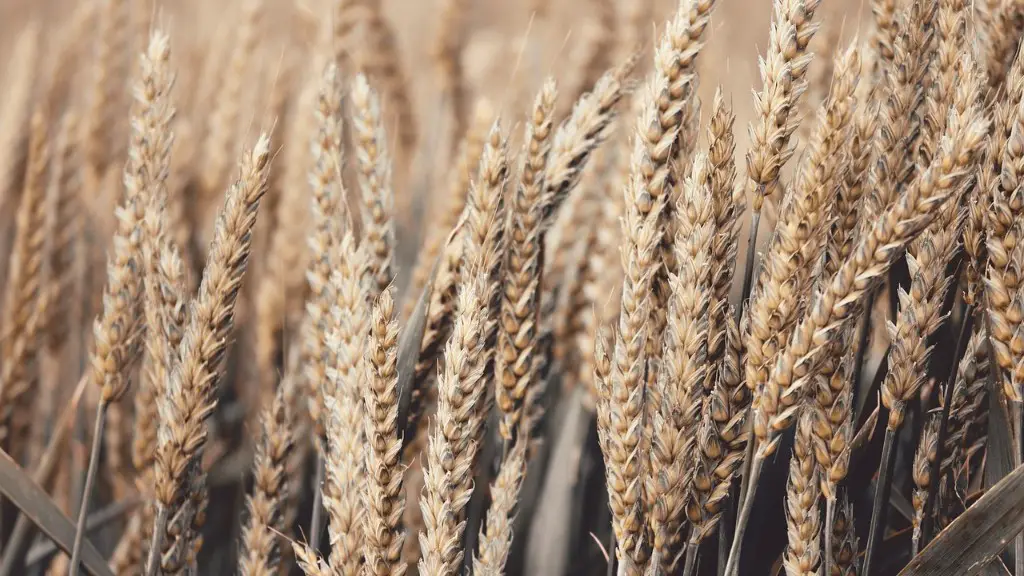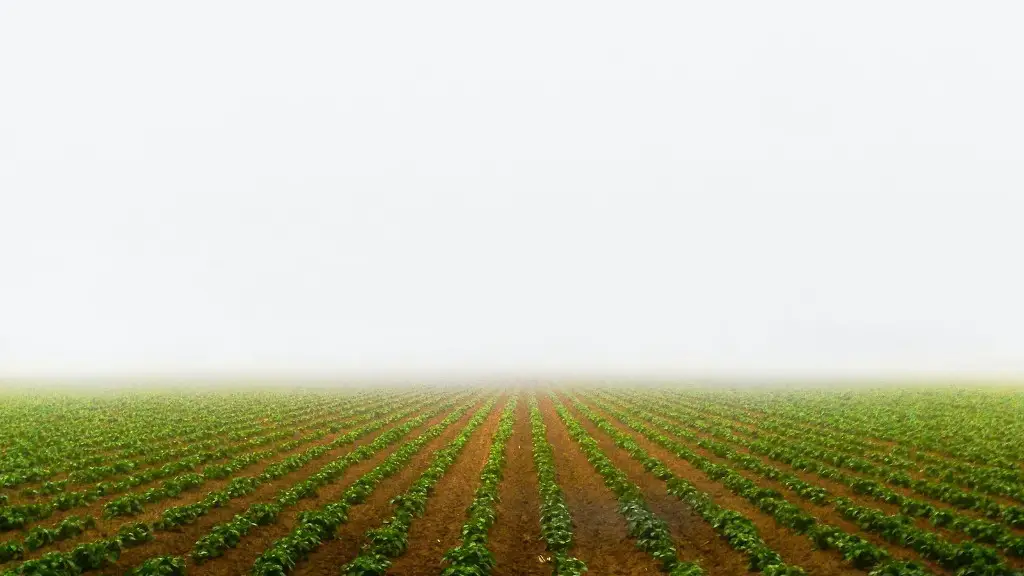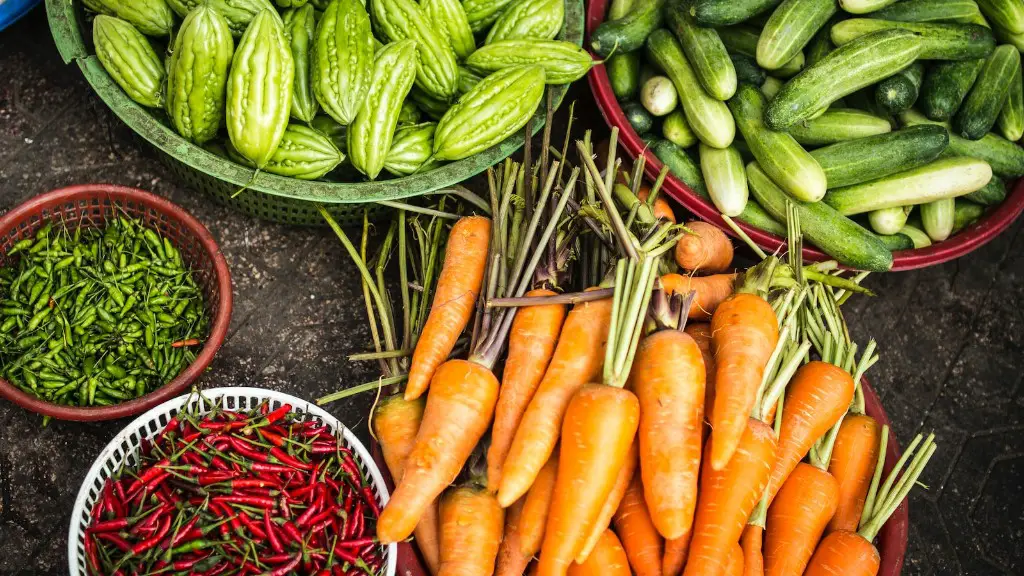Agriculture is a vital part of our planet’s economy and well-being, but what is raw material in agriculture? Raw materials are substances that come from animals, plants or minerals. These substances are used as inputs into the production of food, fiber, energy, and other goods that are necessary for human survival. Raw materials can be divided into primary, secondary and tertiary materials. Primary materials are those that are found naturally such as soil, water, and plants. Secondary materials are those that are manufactured from primary materials such as fertilizer, pesticides, and machinery. Finally, tertiary materials are those that come from refining and processing other materials such as oil or chemicals. All of these materials are used to create food, energy, and other important goods that are essential for a society to function.
Primary Materials
Primary materials in agriculture are essential for the production of food, crop protection and fertilizers. They include soil, water, and plants. Soil, the fundamental component of agriculture, consists of minerals, organic matter, air and water. Soil provides nutrients and micro-organisms for plants to obtain energy for healthy growth and yields. Water is another essential component for plant growth as it is necessary for physiological processes to take place. Moreover, plants are an important raw material in agriculture as they produce food, fodder, fiber and oilseed. Different parts of the plant are used in the manufacture of products such as snacks, confectionary, oils, soaps and spirits.
Secondary Materials
Secondary materials refers to materials used in the production process, such as fertilizer and pesticides. Fertilizer is a complex blend of mineral salts, organic matter and micronutrients which provide essential nutrients for plant growth. Different types of fertilizer can be used to meet the specific needs of a crop. For instance, Nitrogen-rich fertilizer is used to produce better yields. Additionally, plant protection products are used to provide control of weeds or insects from the harvesting of crops. The extensive use of secondary materials helps increase agricultural productivity.
Tertiary Materials
Tertiary materials are those that come from refining or processing other materials. These materials are used in manufacturing and packaging food products such as oil, sugar, coffee and alcohol. Petroleum-based products such as plastics are used for creating food containers, packaging, and agricultural structures. Additionally, various chemicals are used for food processing and preservation such as monosodium glutamate and ascorbic acid. Ascorbic acid is used to reduce nutrient loss in frozen foods and monosodium glutamate is used as a flavor enhancer.
Consumption of Raw Materials
Raw materials are the building blocks of products, which are then consumed by humans. The excessive use of raw materials, especially secondary and tertiary materials, contributes to environmental problems such as water and air pollution. The demand for food increases with an increasing population and results in a need for more raw materials. However, the excessive use of raw materials creates an imbalance in land resources, leading to soil infertility and degradation. Therefore, it is important to reduce the consumption of raw materials, particularly those that are not renewable.
Alternative Sources of Raw Materials
The accurate use of alternative sources of raw materials can help reduce the consumption of primary and secondary materials. For example, anaerobic digestion and gasification are some of the alternative technologies that can be implemented to reduce the dependency on energy from fossil fuels. Moreover, anaerobic digestion can also be used to convert organic matter into fertilizer, which can then be used for agricultural purposes. Additionally, bioplastics can be used as an alternative to traditional plastics, as they are made from renewable materials such as vegetable oils.
Preservation of Natural Resources
Raw materials in agriculture are the foundation of global food production and it is essential to preserve these resources. Reusing and recycling of raw materials can help reduce the environmental impact and save natural resources. For instance, crop residues can be used to manufacture biodegradable plastics and paper products. Additionally, composting food scraps and green waste can produce a nutrient-rich soil amendment that can be used to fertilize crops. Conservation agriculture, which relies less on synthetic inputs and avoids soil disturbance, can reduce soil erosion and water loss.
Smart Use of Raw Materials
The smart use of raw materials is necessary to reduce the impact of agriculture on the environment. Sustainable farming practices such as precision farming and minimum tillage help to reduce air pollution and soil erosion. Additionally, eco-friendly farming practices such as crop rotation and integrated pest management help reduce the need for chemical pesticides. Furthermore, water efficient irrigation techniques such as drip irrigation can help conserve water and energy. The use of renewable energy sources and bio-based materials can reduce the dependency on fossil fuels and helps create a more sustainable agriculture.


